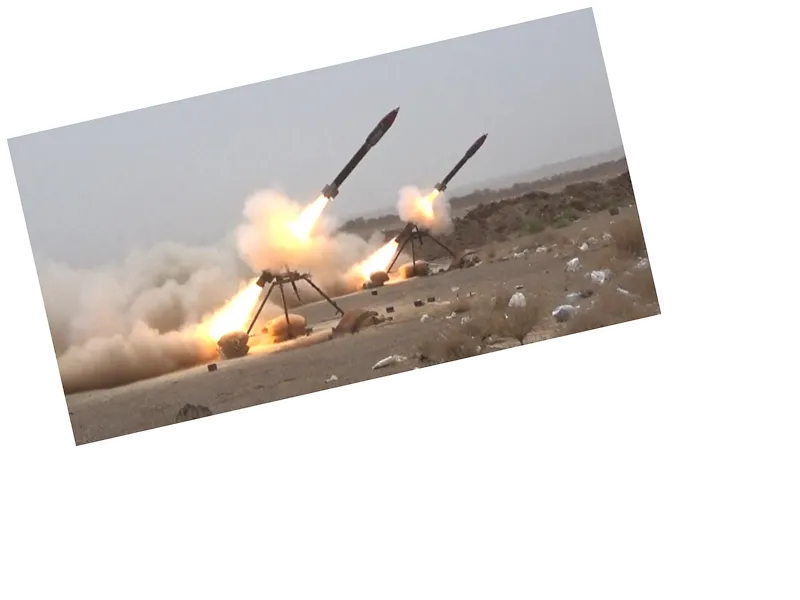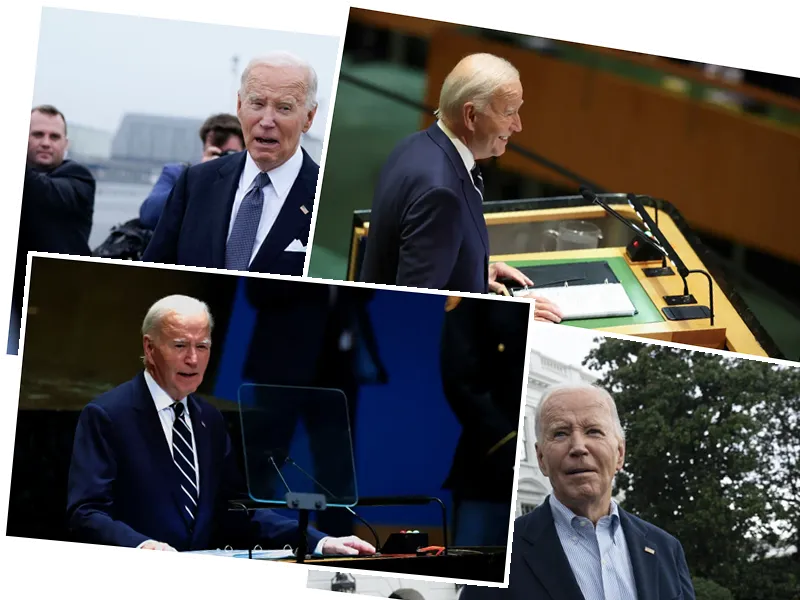Understanding the Complex Relationship Between Iran and Hamas
In mid-October 2024, Al Jazeera Center for Studies released a significant book titled “Iran and Hamas: From Marj Al-Zohour to the Flood of Al-Aqsa... What Has Not Been Told of the Story,” authored by Dr. Fatima Al-Samadi, a senior researcher and Iranian affairs expert. This book provides a detailed examination of the evolving relationship between Iran and Hamas, emphasizing both historical context and shared interests that transcend ideological differences.
Dr. Al-Samadi meticulously traces the origins and development of Iranian policy towards Palestine, starting from the late Qajar era through the Pahlavi periods and culminating in the post-Islamic Revolution era. The book delves into key moments, including the “Al-Aqsa Flood” operation, and analyzes Iranian perspectives on this operation and its aftermath. It highlights the dynamics within the axis of resistance and the role of various actors, including the Houthi group, in shaping the regional landscape.
The author emphasizes that the relationship between Hamas and Iran extends beyond mere ideological alignment; it is deeply rooted in mutual interests. Notably, the book documents various visits by Hamas leaders to Iran, such as Sheikh Ahmed Yassin’s visit in 1998, which reinforced the bond between the two entities. Iran’s support for the Palestinian cause is portrayed as a cornerstone of its foreign policy, enhancing its regional influence.
The Impact of Regional Politics on Hamas-Iran Relations
Dr. Al-Samadi discusses the complexities that have characterized the Hamas-Iran relationship, particularly following the outbreak of the Syrian revolution in 2011. The divergence in positions regarding the Syrian regime created tensions, with Hamas opting for neutrality, which Iran viewed as a deviation from the resistance axis. Despite these challenges, efforts by Qassem Soleimani, the former commander of the Quds Force, played a crucial role in mending ties and reinforcing strategic cooperation.
The book further explores the political isolation Hamas has faced within the Arab world, prompting it to strengthen its ties with Iran amidst insufficient Arab support for the Palestinian cause. The author provides insight into the fluctuating nature of Iranian support under different administrations, noting a decline during President Hassan Rouhani’s tenure compared to the more supportive approach of Mahmoud Ahmadinejad.
In addition to historical and political analysis, the book employs a “cost-benefit” model to explain the relationship dynamics, suggesting that both parties have sought to maximize their interests while maintaining a delicate balance. Notably, Dr. Al-Samadi asserts that Hamas retains its independence in decision-making, despite its cooperation with Iran.
The narrative culminates in a discussion of the renewed cooperation between Hamas and Iran post-2020, particularly following the assassination of Qassem Soleimani. This period is viewed as indicative of a more profound and long-term strategic relationship, shaped by the pressures of multiple regional powers.
Through extensive field research, interviews, and historical documentation, Dr. Al-Samadi’s work serves as a vital resource for understanding the intricate and evolving relationship between Iran and Hamas, filling a significant gap in the existing literature on this complex topic.





